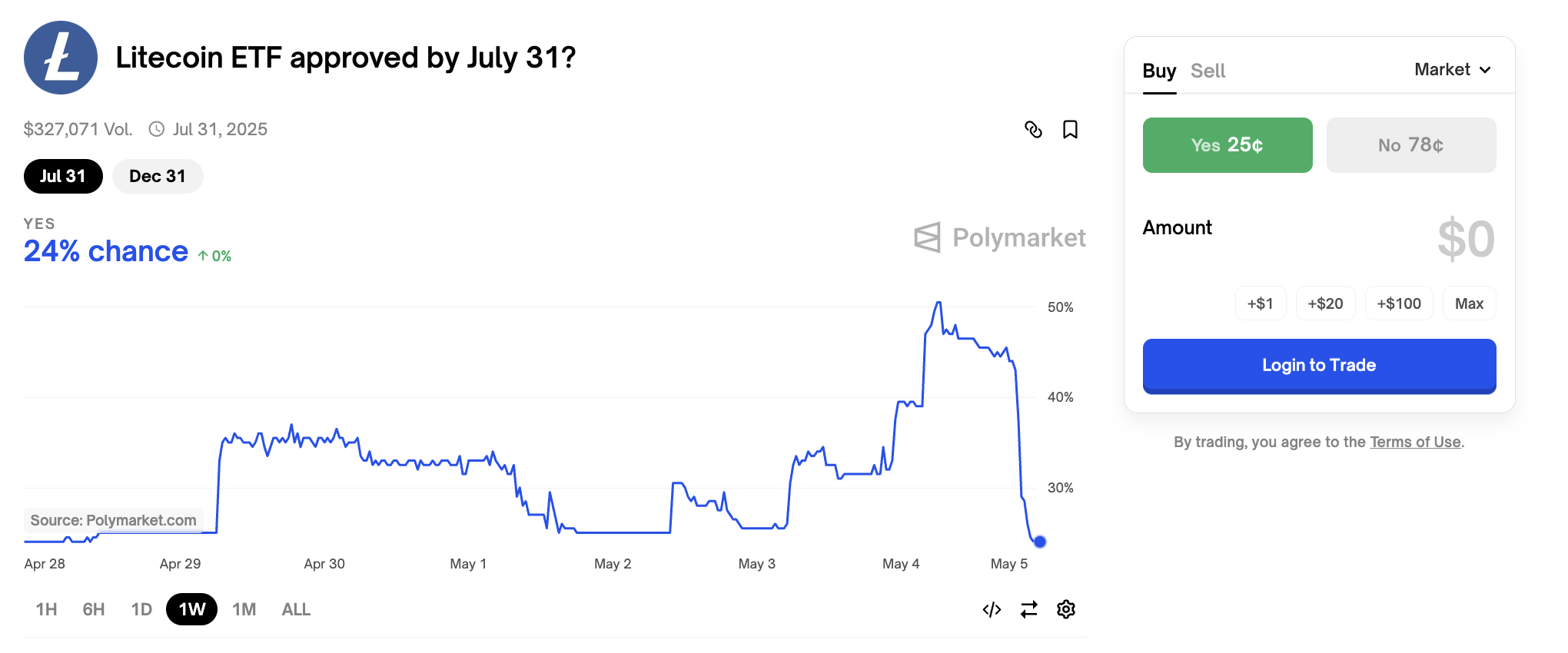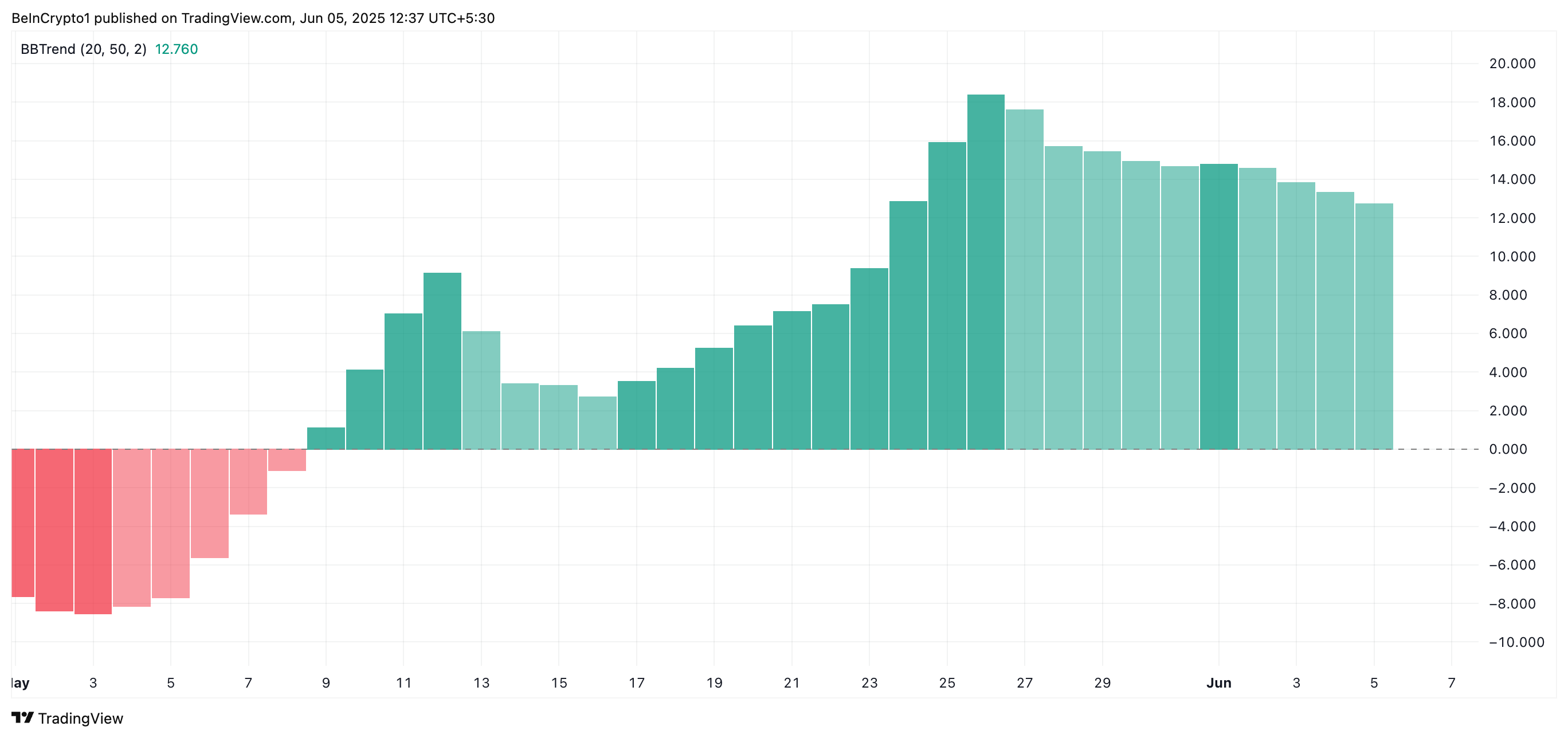In a surprising move during the second quarter, Warren Buffett’s Berkshire Hathaway (NYSE: BRK.A) made headlines by fully exiting its position in Snowflake (NYSE: SNOW), a leading data cloud company. Offloading nearly $1 billion in shares, Buffett’s decision raises eyebrows amid the company’s recent struggles, yet Wall Street analysts remain optimistic about Snowflake’s future.
Buffett’s Divestiture – A Strategic Shift?
While Berkshire Hathaway did not disclose specific reasons for the sale, it mirrors a broader trend within the company, which has recently shed stakes in several high-profile firms, including tech giant Apple (NASDAQ: AAPL) and Bank of America (NYSE: BAC). This selling spree has enabled Buffett to amass a staggering cash pile of approximately $280 billion, a move that analysts speculate could influence the stock market landscape in general.
Analysts Remain Bullish on SNOW
Despite Buffett’s exit, the sentiment around Snowflake is surprisingly bullish among Wall Street analysts. According to data from TipRanks, 33 analysts project an average price target of $169 for SNOW over the next year, suggesting an impressive upside of nearly 49% from its current valuation. With a high target of $220 and a low forecast of $121, the consensus is clear: most experts—23 of them—recommend a ‘moderate buy’ for Snowflake.
This divergence between Buffett’s actions and the prevailing analyst sentiment underscores differing investment philosophies. Historically, Buffett has focused on long-term fundamentals, while analysts appear to be banking on Snowflake’s short-term growth potential, despite the stock trading near its all-time lows.
Some analysts have expressed particular optimism regarding Snowflake’s financial performance. For instance, TD Cowen recently maintained a ‘Buy’ rating with a revised price target of $180, down from an initial estimate of $230. They noted that Snowflake’s full-year guidance was raised significantly, pointing to a robust second-quarter product revenue of $829.3 million, exceeding estimates of $808.4 million.
In another report from Scotiabank, analysts set a price target of $165, crediting Snowflake’s issuance of $2 billion in convertible senior notes, which is expected to fund a stock repurchase initiative. With approximately $450 million in shares repurchased in Q3, this strategic maneuver aims to bolster market confidence.
Challenges Facing Snowflake
Snowflake’s recent challenges cannot be ignored. The company experienced significant upheaval with the departure of CEO Frank Slootman, who played a pivotal role during its IPO. Additionally, a recent cybercrime incident reportedly compromised customer data from Snowflake, impacting companies including telecom giant AT&T (NYSE: T). Furthermore, Instacart revealed a drastic reduction in payments to Snowflake, plummeting from $51 million in 2022 to a mere $15 million projected for the year ending December 31, 2023.
In light of these challenges, Snowflake is looking to leverage the burgeoning artificial intelligence (AI) sector for growth. The company believes that aligning AI applications with its data platforms is key to turning its fortunes around. The appointment of Sridhar Ramaswamy as CEO is seen as a strategic move to further integrate AI into Snowflake’s offerings.
As of the latest trading session, Snowflake was valued at $113.52, marking a slight daily loss of 0.26%. The stock has been on a bearish trend in 2024, falling almost 40% year to date. However, stock market analyst Sunrise Trader suggests that SNOW may be on the verge of a breakout. The stock remains in a consolidation phase, with bullish signals emerging as the 10-day exponential moving average (EMA) crosses above the 21-day EMA. A gap near $110 could serve as strong support, and if the stock maintains levels between $110 and $115, it might be poised for a significant rally.
Also Read: Crypto VC Funding Soars To $659M In September, With Blockchain Gaming Surging 32%!
While Warren Buffett’s exit from Snowflake raises questions about the company’s short-term prospects, analysts remain optimistic about its growth potential, especially with an emphasis on AI integration. If Snowflake can navigate its current challenges and maintain crucial technical support levels, it may just be setting the stage for a robust recovery. For investors, the divergence in sentiment between Buffett’s actions and analyst forecasts presents an intriguing opportunity to reassess Snowflake’s potential as it aims to redefine its market position.










